Bone separator – it’s a machine with a rotating drum and belt that is used to mechanically separate meat from the bone. Typically used in the food industry due to their high performance and reliability for efficient processing and reduce manual labor.
Normar offers a range of used machines from various manufacturers, including Baader and Sepamatic. The company also provides overhaul services for this equipment, ensuring that they are restored to their original condition and meet all relevant safety and quality standards.
Contact us for expert consultation and competitive offers.
Showing all 12 results
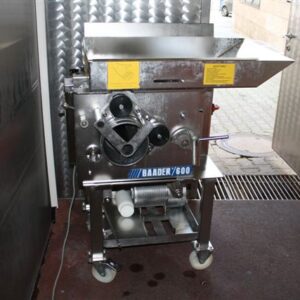
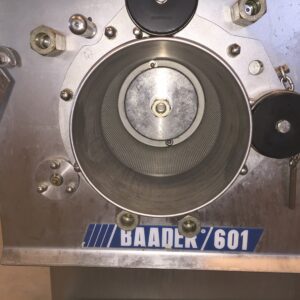
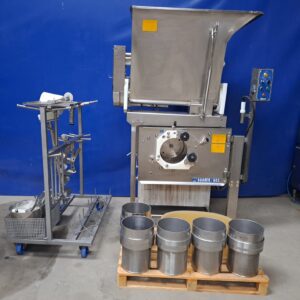
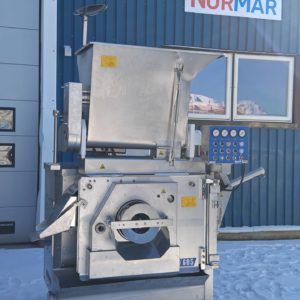
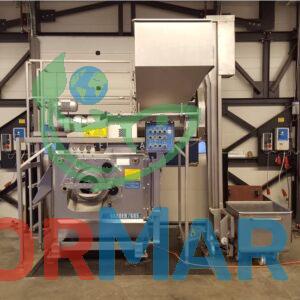
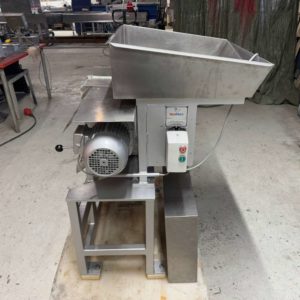
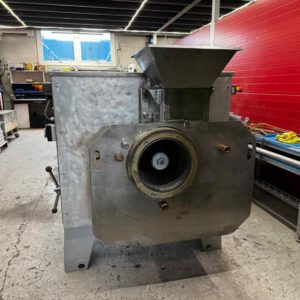
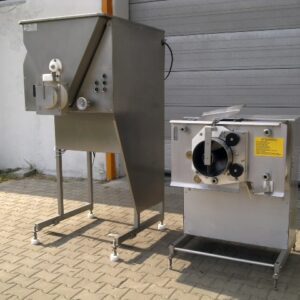
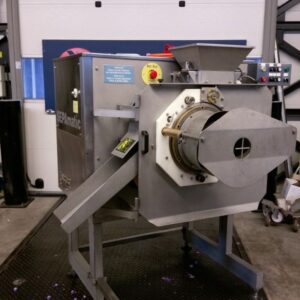
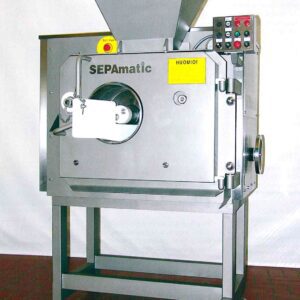

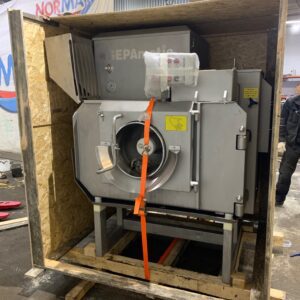
The use of correct bone separator equipment can offer significant benefits to the food processing industry by increasing efficiency and providing cost-effective solutions to meat, poultry and fish processors.
Each deboning machine come in different configurations, each designed to handle specific types of bones for meat, seafood, or poultry.
Bone separators, also known as deboners, are critical pieces of equipment in the meat, fish, and seafood processing industry. They allow for efficient, safe, and cost-effective removal of bones from the meat, increasing the overall yield and ensuring the production of high-quality, bone-free products.
This machinery is used in processing facilities to separate fish meat from the bones, skin, and fins. The result is a boneless, minced fish meat that can be used in a variety of products, from fish sticks and patties to pet food. Some machines can handle whole fish, while others are designed for specific parts like fillets.
These are used in the processing of poultry, pork, and beef. They separate the meat from the bones, cartilage, and skin. This process is particularly useful for poultry, where bones are numerous and small. The end product is often used in sausages, hamburgers, and other processed meat products.
These machines are used for various types of seafood, including shellfish. They can help to separate the edible meat from shells, bones, and other inedible parts. This can be particularly useful in the processing of shrimp, crab, and lobster, where manual deboning can be time-consuming and labor-intensive.
When choosing bone separators for meat processing, consider the following key factors:
Assess the size and capacity requirements of your operation to choose a machine that can handle the desired volume of bones and meat. Consider the available space in your facility and the expected throughput to select a machine that fits your specific needs.
Look for bone separators made from durable and food-grade materials. Stainless steel is commonly used due to its corrosion resistance and ease of cleaning. Ensure that the construction is robust and built to withstand the demands of your operation, ensuring longevity and hygienic operation.
Choose a bone separator that is user-friendly and easy to operate. Look for features such as intuitive controls, adjustable settings, and clear instructions. Additionally, consider the ease of maintenance, including accessibility for cleaning, parts replacement, and regular upkeep to ensure optimal performance.
Evaluate the compatibility of the bone separator with your existing equipment and processes. Consider factors such as power requirements, connection points, and integration with your workflow. Compatibility ensures a seamless transition and efficient operation when incorporating the bone separator into your setup.
By considering these factors, you can select the best bone separator for your specific requirements, whether it’s for meat bone separators, seafood bone separators, or other bone removal techniques. These considerations contribute to efficient food preparation, improved productivity, and the overall quality of your end products.
When researching and comparing bone separators, it is recommended to explore reputable suppliers and manufacturers known for providing high-quality fish processing equipment, seafood preparation tools, and meat bone separators. Reading reviews, seeking recommendations, and assessing the track record of the manufacturer can help you make an informed decision.
In summary, choosing the right equipment involves considering factors such as size and capacity, material and construction, ease of use and maintenance, as well as compatibility with existing equipment. By prioritizing these aspects and using keywords like meat bone separator, seafood bone separator, bone cleavers, bone splitters, bone dividers, and fish scaler, you can make a well-informed choice for efficient bone removal and optimized food preparation in your operation.
For many businesses, the investment in brand-new bone separators for fish, meat, and seafood can be a substantial financial burden. This is especially true for smaller enterprises where budget constraints are a significant consideration.
At Normar, we understand these challenges and offer a solution: high-quality, pre-owned bone separators. Each piece of equipment in our inventory undergoes thorough restoration and rigorous testing to ensure it meets our stringent standards. Opting for our restored bone separators means not only significant cost savings but also the assurance of a product that can reliably meet your needs for an extended period.
We also provide comprehensive maintenance support to help you get the most out of your investment. And if you’re searching for a specific model or type of bone separator that isn’t currently in our inventory, we’re committed to sourcing it for you at a competitive price. With Normar you get the perfect blend of affordability, quality, and service.